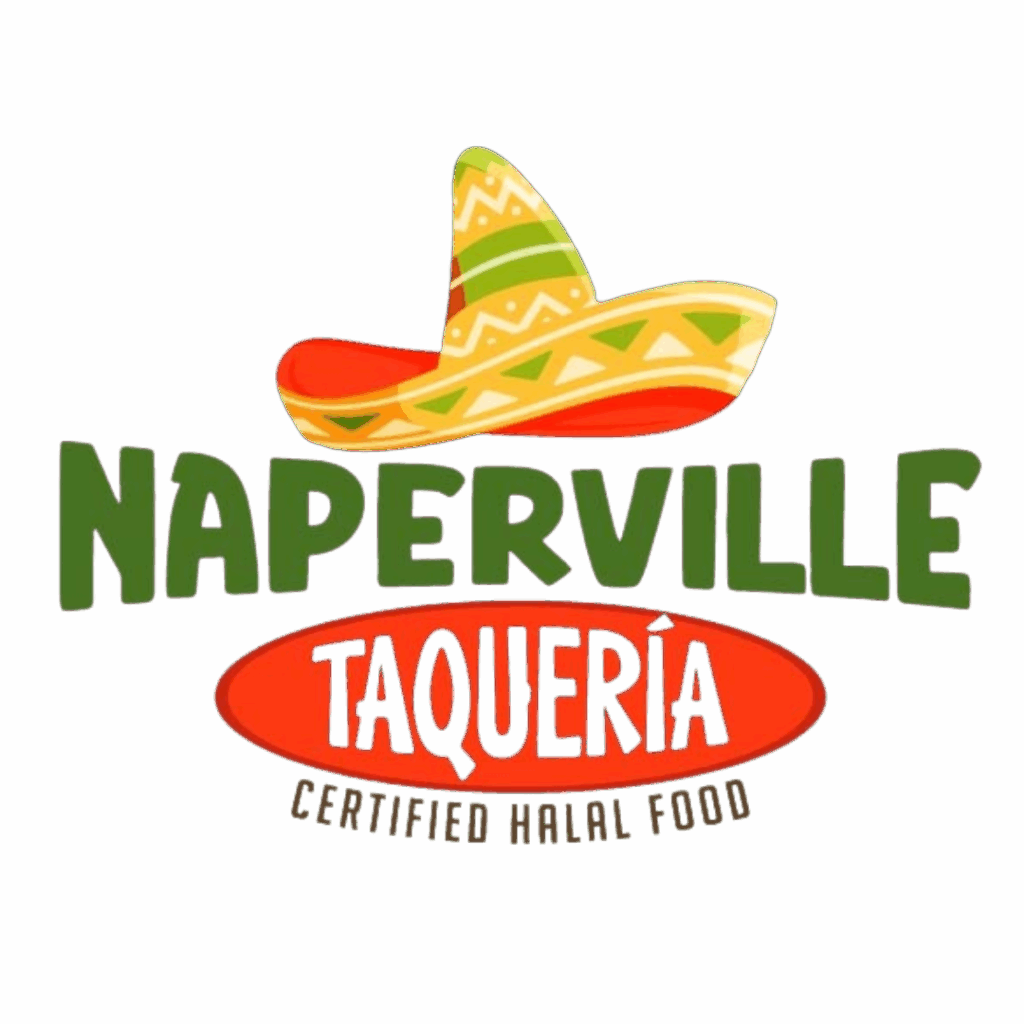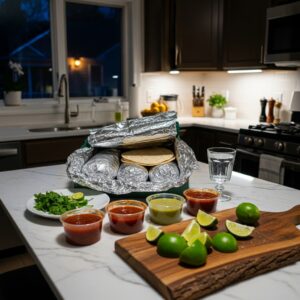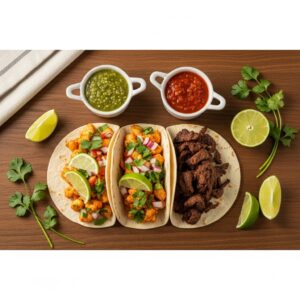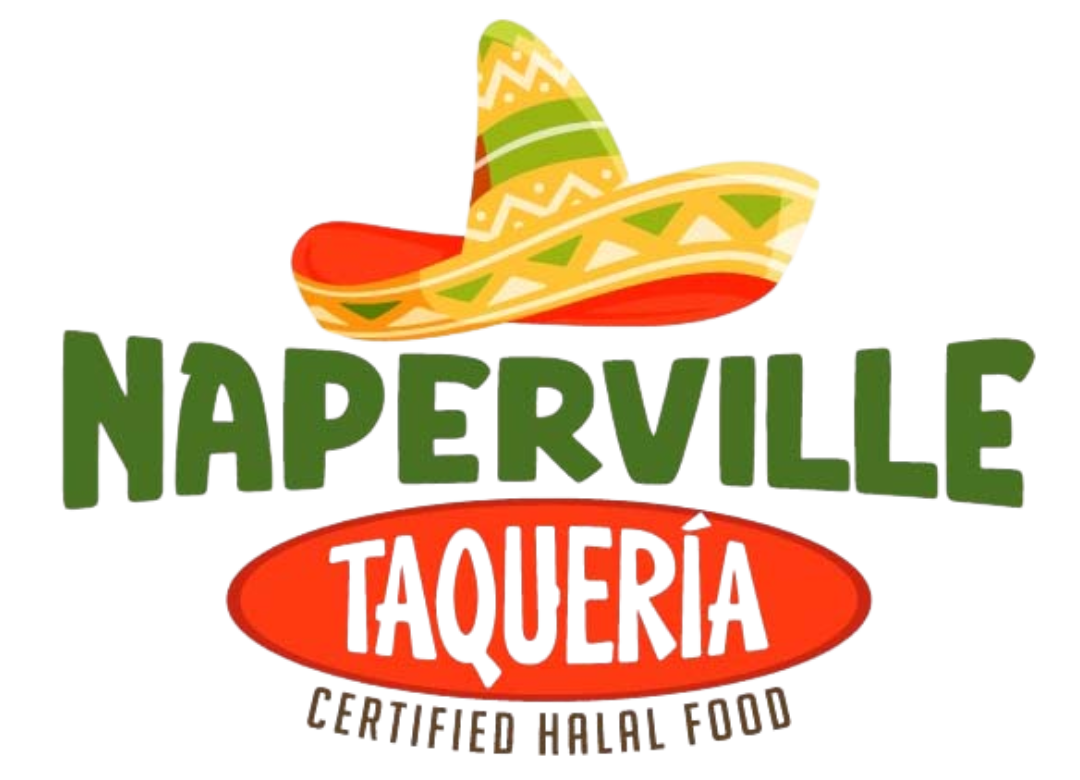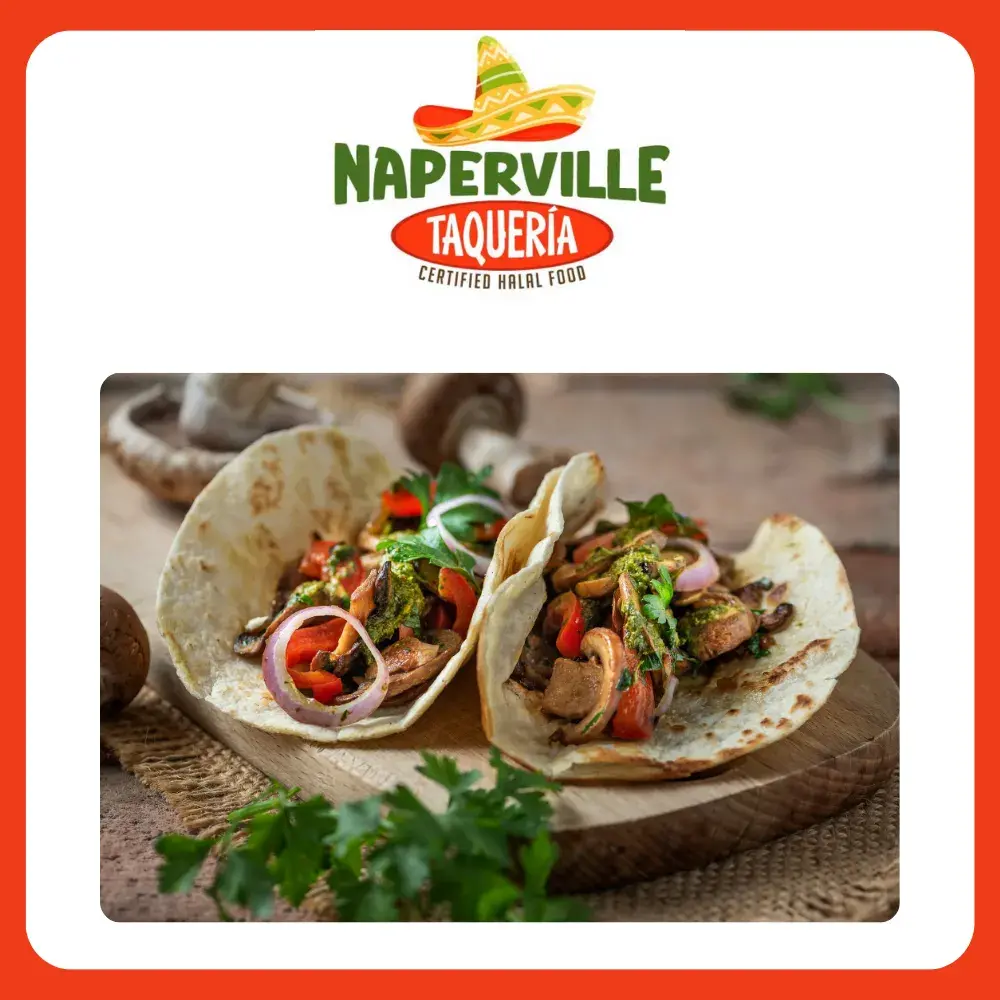Bring the Flavor of an Authentic Burrito to Your Naperville Kitchen
If you love the bold, satisfying flavors of a well-made burrito, you can absolutely recreate that experience at home in Naperville, Illinois. Whether you live near the Riverwalk or out by the Route 59 corridor, making burritos from scratch is a delicious way to bring friends and family together. In this guide, you will learn the essential components of an authentic burrito, the right techniques for cooking and assembly, and the local-friendly tips that make the process smooth and fun. For inspiration on fillings and styles, many home cooks like to skim a local taqueria’s burrito menu before they start, then customize the ideas for their own kitchen.
Authenticity is not just about following a single recipe. It’s about respecting the techniques that produce the best texture and flavor: properly warmed tortillas, tender beans, fragrant rice, balanced salsa, and thoughtfully seasoned fillings. Burritos reward attention to detail, and once you master the basics, the combinations become endless.
The Anatomy of an Authentic Burrito
Most memorable burritos share a handful of core components: a fresh flour tortilla, a base of rice, a scoop of beans, a primary filling (like carne asada, carnitas, chicken tinga, or grilled vegetables), and supporting accents like salsa, onions, cilantro, crema, and a bit of cheese if you like. Getting each piece right allows the whole to shine. Think of your burrito like a symphony—every section should be tuned and in balance.
The tortilla matters. A large, soft flour tortilla is classic for most Northern Mexican and Mexican-American burritos. You want a tortilla that is pliable enough to wrap without cracking. Warming it correctly makes the difference between a compact, restaurant-quality roll and a leaky bundle that falls apart.
Beans add body and depth. Pinto beans deliver a creamy, earthy base that thrives with aromatics like onion, garlic, bay leaf, and a hint of cumin. Black beans are equally authentic in many regions and provide a slightly firmer bite and beautiful color contrast. Either can be served whole or lightly mashed (refried-style) with a modest amount of fat for silkiness.
Rice adds structure. Well-seasoned rice provides a fluffy anchor that absorbs juices while keeping the burrito cohesive. Cilantro-lime rice is popular; so is a tomato-infused arroz rojo. The key: cook rice so it’s separate and not gummy. Toss with bold but balanced flavors so it complements rather than overwhelms.
Essential Ingredients and a Practical Shopping List
Here is a flexible list to cover most authentic burritos, sized for a family night in Naperville. Adjust quantities for your group:
- Large flour tortillas, 10–12 inches, soft and fresh
- Beans: pinto or black; canned or dried (soaked and simmered)
- Rice: long-grain white or jasmine; cilantro, lime, or tomato base
- Protein: skirt steak (for carne asada), pork shoulder (for carnitas), chicken thighs (for tinga or grilled), or a mix of mushrooms and peppers for a vegetarian option
- Aromatics: onion, garlic, bay leaves, fresh cilantro
- Chiles and acids: jalapeño, serrano, chipotle in adobo, limes, apple cider vinegar
- Spices: cumin, Mexican oregano, smoked paprika, black pepper
- Accents: salsa roja or verde, pico de gallo, queso fresco or Oaxaca cheese, crema or sour cream, guacamole, pickled onions
When possible, choose fresh herbs and good-quality tortillas. If your tortillas are refrigerated, bring them to room temperature before warming to prevent cracking. Fresh cilantro, limes, and ripe tomatoes will make every bite brighter and more authentic.
Tools and Equipment That Make a Difference
You can make burritos with basic kitchen tools, but a few items elevate the process. A heavy skillet or cast-iron comal is best for warming tortillas and searing meats. A Dutch oven or instant pressure cooker helps with beans and carnitas. A sharp chef’s knife is essential for cleanly slicing steak and finely chopping onions and cilantro. Tongs give you control during searing and flipping, and a wide spatula helps with careful tortilla transfer.
How to Cook Perfect Rice for Burritos
Fluffy rice is a burrito’s structural backbone. To make cilantro-lime rice, rinse 2 cups of long-grain rice until the water runs clear; this removes starch and keeps grains separate. Sauté the rinsed rice in a tablespoon of neutral oil with a pinch of salt for a minute or two. Add 3 cups of water or light chicken/vegetable stock, bring to a simmer, cover, and cook on low until the liquid is absorbed. Let rest 10 minutes off heat. Fluff with a fork, then fold in chopped cilantro, lime zest, and lime juice. Taste and salt gently; the rice should be flavorful but not overpowering.
Beans: Creamy, Savory, and Fragrant
For stovetop pinto beans, soften diced onion in a bit of oil, add minced garlic, then stir in cooked beans with some of their cooking liquid. Season with cumin, Mexican oregano, and a bay leaf. Simmer gently until the liquid thickens slightly and the beans taste cohesive. If using canned beans, rinse lightly and add a splash of stock; simmer with aromatics to infuse flavor. For a refried texture, mash a portion of the beans with the back of a spoon and stir in a small knob of butter or a drizzle of oil for silkiness.
Primary Fillings: Carne Asada, Carnitas, and Chicken
Carne asada shines when you marinate skirt steak with lime juice, garlic, a touch of oil, and a restrained spice blend. Sear over high heat for a charred exterior and a juicy interior, then rest and slice thinly against the grain. Carnitas start with pork shoulder braised low and slow with orange peel, bay leaf, onion, garlic, and a pinch of cinnamon. Once tender, shred and crisp the edges in a skillet. Chicken tinga features shredded chicken simmered in a tomato-chipotle sauce with onions; it brings gentle heat and smoky depth. All three are classic and satisfying.
Vegetable-forward fillings are just as authentic when prepared with care. Try a mix of portobello mushrooms, peppers, and onions sautéed with oregano and a squeeze of lime. Roasted sweet potatoes dusted with smoked paprika and cumin add sweetness and body. Balance vegetables with a bright salsa, fresh cilantro, and a little crema to round out the flavors.
Salsas, Guacamole, and Fresh Accents
A great salsa transforms a good burrito into a memorable one. Salsa roja is built from roasted tomatoes, onions, garlic, and a dried chile like guajillo or ancho, blended smooth with salt and a splash of vinegar. Salsa verde relies on tomatillos, jalapeño, and cilantro for tangy brightness. Pico de gallo—diced tomatoes, onions, jalapeños, cilantro, and lime—is best made just before serving. Guacamole should be gently mashed, not whipped; leave a few small chunks for texture and season with lime, salt, and a pinch of cumin if you like.
The Art of Warming and Handling Tortillas
Warm tortillas are pliable tortillas. Heat a dry skillet over medium-high. Warm each tortilla for 20–30 seconds per side until soft, lightly fragrant, and showing a few toasty spots. Stack warmed tortillas in a clean towel to keep them steamy. Avoid overheating, which makes them brittle. If you are preparing many burritos, keep the stack covered and work quickly to maintain flexibility.
Assembly Line: Build Like a Pro
Set up an assembly line before you start rolling. Arrange warm tortillas, rice, beans, protein, salsa, and fresh accents in the order you plan to layer them. This keeps the burrito compact and prevents sogginess from overloading any one component. Remember the ratio rule: a burrito should be firm but not bulging. Leave about two inches of clearance along the edges so the tortilla can fold neatly.
- Lay a warm tortilla flat with the warm side up.
- Add a modest line of rice along the center.
- Spoon beans over the rice so they “nest.”
- Add your primary filling—meat or vegetables—on top.
- Dot with salsa; add onions, cilantro, and any other accents.
- Fold the sides inward, then roll from the bottom up, tucking as you go.
- Place seam-side down and let it rest for 30–60 seconds to seal.
For an extra touch, give your wrapped burrito a quick kiss of heat in a skillet, seam-side down first, to lightly toast the exterior. This adds subtle texture and helps the tortilla hold.
Flavor Balancing and Customization
Consider the four pillars of flavor: salt, acid, heat, and fat. Beans and rice bring comfort; you add freshness with lime and cilantro, heat with chiles or chipotle, and richness with crema or cheese. Taste as you go. If your filling is rich, choose a salsa with bright acidity. If your salsa is fiery, temper it with cool crema or avocado. This dance is what makes burritos so adaptable to personal preference.
Inspiration for Fillings and Rotations
Even the most dedicated home cook enjoys variety. Skirt steak one week, carnitas the next, then a roasted vegetable mix to reset the palate. For ideas, glance at a local spot’s menu to spark combinations—maybe a balance of smoky pork, crunchy pickled onions, and salsa verde one night, then a citrusy chicken with pico de gallo and a drizzle of crema the next. Use what’s in season and local; late-summer tomatoes make stellar pico, and cool-weather sweet potatoes roast beautifully for hearty vegetarian burritos.
Make-Ahead Tips for Busy Naperville Nights
Prep day is your friend. Cook beans and rice in advance; they reheat well. Marinate meat the night before, or slow-cook carnitas on Sunday and stash portions in the fridge. Pre-chop onions and cilantro, store them separately, and keep limes on hand. When it’s time to assemble, you will move quickly and with confidence. If you are packing burritos for a picnic by the Riverwalk, wrap each one tightly in foil after warming and keep them insulated so they stay hot.
Common Mistakes and How to Avoid Them
- Overfilling: Pack less than you think. A compact burrito tastes better and stays structurally sound.
- Cold tortilla: Always warm the tortilla; it prevents cracks and helps melding.
- Unbalanced flavor: Check salt and acid. A squeeze of lime at the end can fix a dull burrito.
- Watery fillings: Drain salsas lightly and simmer beans to the right thickness.
- Cutting too soon: Let a burrito rest a minute before halving so it stays together.
Serving Suggestions and Sides
Serve burritos with a simple salad of thinly sliced cabbage and radishes tossed with lime and salt; the crunch contrasts nicely with the warm fillings. A side of charred corn with cilantro and a sprinkle of cotija adds sweetness and texture. Keep extra salsa at the table for those who want more heat. If you like, crispy tortilla chips make a casual, shareable side that converts any weeknight into a mini feast.
Storing and Reheating Leftovers
If you have leftover components, store them separately for best texture. Rice and beans last several days in the fridge; meats reheat gently in a skillet with a splash of broth to keep them juicy. For assembled burritos, wrap tightly and refrigerate; reheat in a covered skillet over low heat, flipping occasionally, or bake at a low temperature until warm throughout. Microwaving is fast but can toughen tortillas; a finishing toast in a dry pan restores softness and flavor.
FAQ
Q: What tortilla size should I buy for classic burritos? A: Look for 10–12 inch flour tortillas. Anything smaller will be hard to fold around a full set of fillings.
Q: Can I use brown rice? A: Yes. Cook it a bit softer than you would for a salad so it folds easily, and season it well to keep flavors balanced.
Q: How do I keep burritos from getting soggy? A: Drain salsas, reduce beans to a thick consistency, and keep watery vegetables to a minimum. Warm tortillas also resist sogginess.
Q: What’s the best cut for carne asada? A: Skirt steak or flank steak, marinated briefly and seared hot for char. Rest before slicing thinly against the grain.
Q: Are refried beans necessary? A: Not required, but a lightly mashed portion lends creaminess and helps glue components together.
Q: How spicy should my salsa be? A: Aim for moderate heat so everyone can enjoy, then offer extra hot sauce or chopped chiles on the side.
Q: Can I make burritos vegetarian or vegan? A: Absolutely. Use beans, roasted vegetables, and avocado; swap dairy-based crema and cheese for plant-based alternatives if desired.
Roll Into Your Next Home Burrito Night
You now have the blueprint for building deeply flavorful, authentic burritos in your own Naperville kitchen. Start with well-seasoned rice and beans, choose one great filling, and balance with a bright salsa and fresh accents. Warm your tortillas, roll with intention, and let the textures and aromas shine. When you are ready to try a new combination or need a spark of inspiration, browse a local taqueria’s menu, jot down a few ideas, and make them your own at home. Grab your skillet, gather your family, and enjoy the kind of burrito night that everyone will ask for again.
